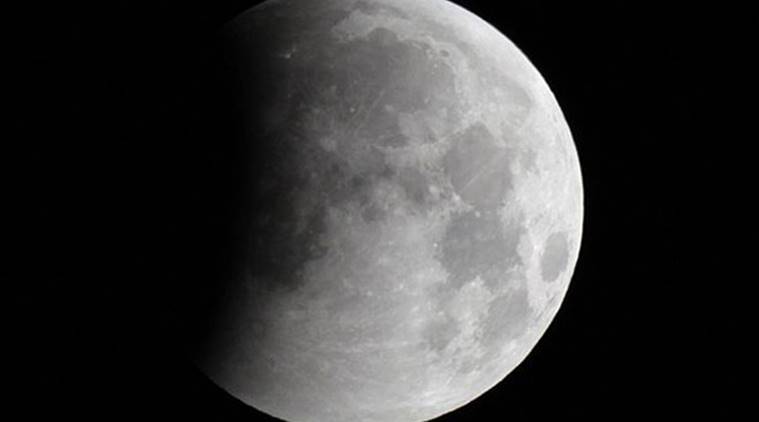New Delhi: India’s second lunar mission – Chandrayaan-II – is scheduled for an April 2018 launch, Jitendra Singh, in-charge of the Department of Space said on Friday.
The Indian space circuit and space enthusiasts are buzzing in anticipation of the Indian Space Research Organisation’s (ISRO) historical moon mission which will mark the country’s first lunar landing.
While this is not India’s first mission to the Moon, it is certainly the Indian government’s most ambitious Moon research project till date.
The Chandrayaan-II rover, costing nearly Rs 800 crore, will be made to land near the yet-unexplored south pole, ISRO’s newly-appointed chairman K Sivan said.
“India is going to launch Chandrayaan-2 in April. It is under Chandrayaan-1 mission that the ISRO spotted water on the moon. Chandrayaan-2 is a further extension of the project and it is as good as landing a man on the moon,” Singh told reporters here.
Chandrayaan-1 was launched in 2008 from Sriharikota off the East coast of India at an evaluated value of $83 million. ISRO’s 5-foot by 5-foot cube made it into lunar orbit and discovered some “magmatic water” on a Moon crater.
Chandrayaan-II will be ISRO’s first inter-planetary mission to land a rover on any celestial body.
Sivan noted that the window to launch the mission is between April and November this year.
“The targeted date is April. In case we miss the April date, we will launch it in November,” Sivan added.
Citing the reason behind landing the rover near the south pole, Sivan said it is a “very tricky area” with rocks formed a million years ago.
“It has very old rocks. This could possibly help us understand the origin of universe,” he said.
Another reason, he cited, behind landing the rover near the south pole was that the area has not been explored by other missions. “Most of the lunar missions in the past have explored the area around the equator of the moon,” Sivan added.
The mission will carry a six-wheeled rover which will move around the landing site in a semi-autonomous mode as decided by the ground commands. The instruments on the rover will observe the lunar surface and send back data, which will be useful for analysis of the lunar soil.
According to ISRO, the wheeled rover will drive on the lunar surface and will perform a chemical investigation on site. The information will be transmitted to Earth through the Chandrayaan-II orbiter.
Weighing approximately 3290 kilograms, Chandrayaan-II is an entirely original mission including an Orbiter, Lander and Rover. After approaching the 100 km lunar orbit, the Lander covering the Rover will depart from the Orbiter. After a controlled fall, the Lander will soft land on the lunar surface at a particularised site and dispose of the Rover.
With PTI inputs

